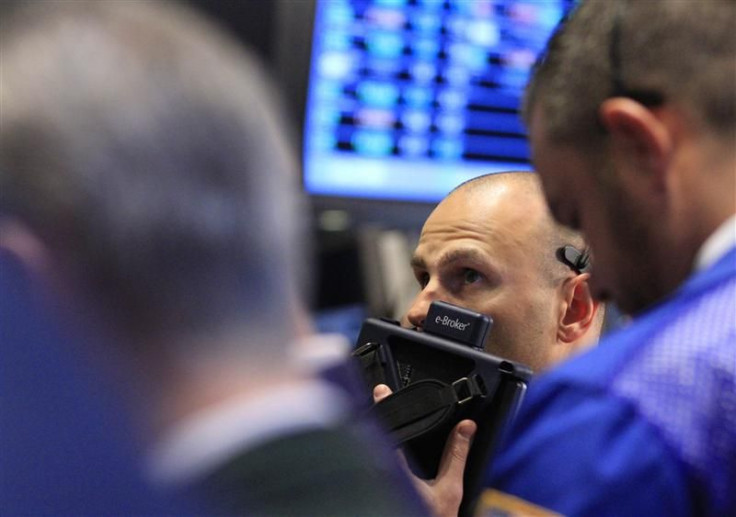US Futures Flat Thursday

Futures on major U.S. indices point to a flat opening on Thursday ahead of economic data including weekly jobless claims.
Futures on the S&P 500 are up 0.08 percent, futures on the Dow Jones Industrial Average are up 0.02 percent and Nasdaq 100 futures are down 0.05 percent.
Investors are likely to focus on weekly jobless claims and a report on manufacturing activity in the Philadelphia area after Wednesday’s solid economic data showed that recovery in the world’s largest economy is back on track.
Initial jobless claims, due at 8:30 a.m. EDT., are expected to fall by 2,000 to 365,000 in the week ended May 12. Any data that is weaker than expected will weigh on market sentiments.
The Philadelphia Fed manufacturing survey is due to be released at 10:00 a.m. EDT. The manufacturing activity in the Philadelphia area is expected to reach 10.0 in May compared to 8.50 in the previous month.
On the earnings front, Wal-Mart Stores Inc., Applied Materials Inc., Salesforce.com Inc., Gap Inc., GameStop Corp., Autodesk Inc. and Dollar Tree Inc. will report quarterly results.
On Wednesday, the Federal Reserve released minutes of the Federal Open Market Committee’s April 24-25 meeting, in which policymakers favored more easing efforts to boost the U.S. economy if the situation warrants it.
European stock markets declined as uncertainty about Greece's political woes continued to weigh on sentiment. Markets are trading lower, with London's FTSE 100 index down by 62.44 points, Germany's DAX 30 down by 44.17 points, and France's CAC 40 down by 22.69 points.
Spain, the latest European nation to become ensnared in the euro zone debt crisis, comfortably sold 2.49 billion euros ($3.17 billion) of bonds in shorter-dated bonds, but the yield on the January 2015 bond surged to 4.375 percent compared to 2.89 at an auction in April.
Asian markets mostly ended higher after Japan's economy expanded faster than estimated in the first quarter, helped by resurgent domestic demand and government spending. Japan’s GDP grew an annualized 4.1 percent in the January-March period from the final three months of 2011.
© Copyright IBTimes 2025. All rights reserved.





















